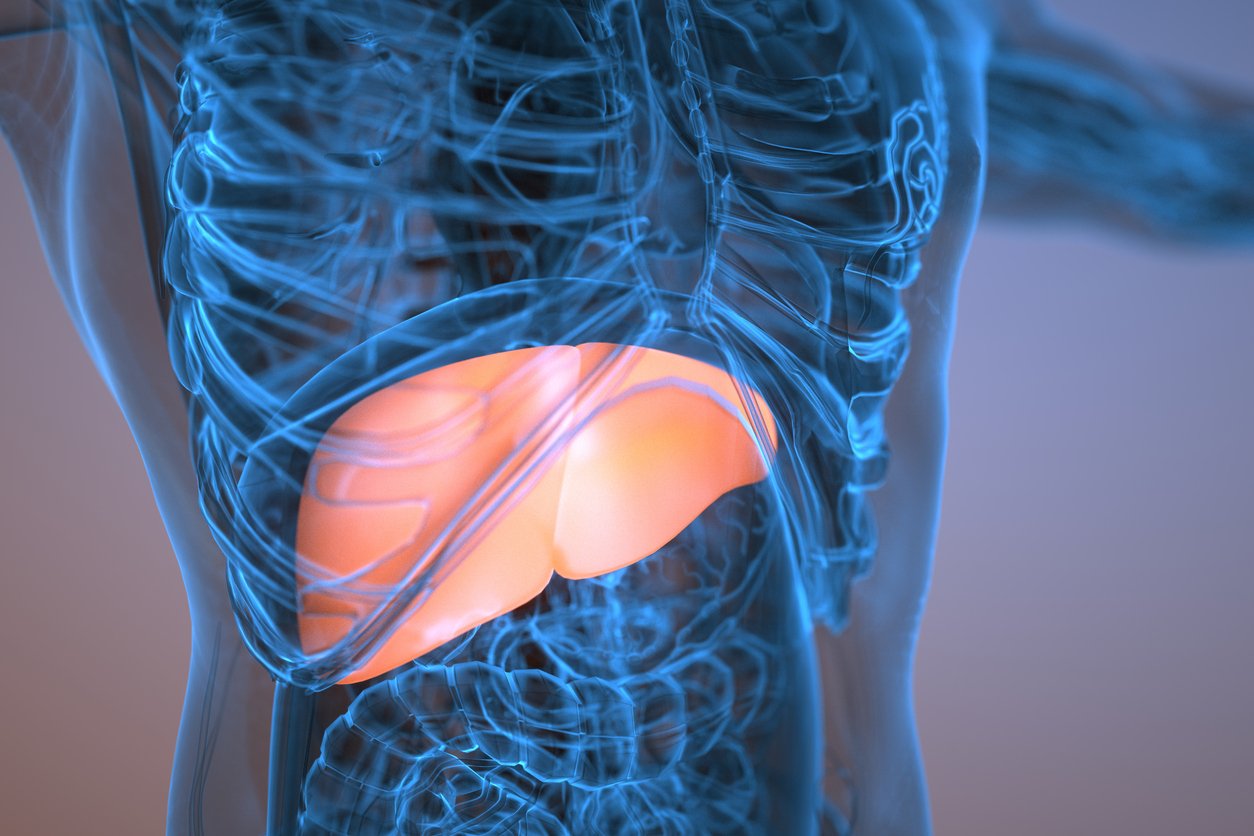Grapes! There are now over 10,000 different varieties grown worldwide, across many different terrains and in an array of different climates but only 10 are the most popular grape varieties. Grapes are the world’s biggest and most valuable fruit crop — and are among the sweetest natural foods we can eat. But given their high sugar content, can grapes truly be part of a healthy diet?
So…
What are grapes good for?
As proud members of the fruit and berry families, grapes are nutritional powerhouses. According to the USDA, a serving of grapes is one cup or about 32 grapes. (I would have guessed fewer. But this is one experiment that is totally safe to do at home, so the next time I buy a bunch of grapes, I’m going to count one cup’s worth myself.)
Antioxidants in Grapes
When it comes to antioxidants, the darker the grape, the higher the antioxidant concentration. And the red and purple grape varieties are highest in anthocyanins. Research shows that these compounds may help reduce the risk of heart disease, cognitive decline, and type 2 diabetes, as well as support healthy weight maintenance and a normal inflammatory response.
Grapes also contain resveratrol, which has been associated with increased nitric oxide (NO) production. This NO isn’t a Bond villain, but a powerful neurotransmitter that helps blood vessels relax and also improves circulation, both of which are associated with heart health.
Resveratrol also acts against tumors, and people are looking into using it to help prevent and treat several kinds of cancer.
Grapes and Type 2 Diabetes

Grapes can be very sweet. So you might be surprised to learn that both red and green grapes, as well as unsweetened grape juice, are considered to be low on the glycemic index and have a low glycemic load. Apparently, the fiber, water, and other cofactors in grapes help to create balance and to slow the absorption of the sugars they contain.
And might grapes also contain compounds that are helpful in the prevention of type 2 diabetes? Yes! The skin and seeds of the Vitis vinifera grape can reduce inflammation, prevent cell death, and encourage cell growth in people with type 2 diabetes. They can also reduce oxidative stress (which can damage cells) and improve the way your body metabolizes fats. Ironically, the skin and seeds of grapes, called grape pomace, are typically discarded in the wine-making process. But they are included in many fresh grape juices.
Grapes’ Metabolic Benefits
Metabolic syndrome is a group of conditions, often caused or worsened by diet, that can lead to serious problems like high blood pressure, type 2 diabetes, and heart disease. The polyphenols found in grapes may protect the body from some of the health problems that are often associated with a high-fat, highly processed diet: high LDL cholesterol, high blood sugar, and high blood pressure. The polyphenols also appear to protect the stomach and liver, and can help prevent obesity.
Are Grapes Good for the Liver?

In 2012, researchers studied the effects of extracts from the Suosuo grape variety, which is popular in China, on mice whose livers had been damaged by an overactive immune response. They discovered that two substances from the grapes, triterpenoids and flavonoids, seemed to calm this response down. They also reduced the concentrations of harmful chemicals in the liver, helped restore its enzyme activity, and balanced out proteins that control cell death, as well as regulated immune system messengers in the liver.
Grapes and Inflammation
Inflammation in the body is a good thing — until it’s not. Acute inflammation helps with wound healing, but chronic inflammation can cause damage to tissues and organs, lead to diseases like heart disease, type 2 diabetes, and inflammatory bowel disease, and lead to premature aging.
IL-8, also known as Interleukin-8, is a type of protein in the body that plays a major role in the inflammation process. It’s needed to fight infections and heal wounds, but too much IL-8 can also lead to excessive inflammation and potentially contribute to disease. And many people in the modern world suffer from ongoing and excessive chronic inflammation.
A 2023 review article noted that grape extracts’ antioxidant and anti-inflammatory properties make them ideal ingredients in skin care products, due to their potential to improve skin condition and reduce signs of aging.
Grapes’ Antimicrobial Benefits
Grape extracts can also do a number on potentially harmful microbial pathogens. Compounds from grape pomace may help control gum inflammation caused by harmful bacteria, suggesting that you might start seeing grapes in the ingredient list of some brands of toothpaste.
A 2015 study measured the antibacterial and antifungal activity of black grape peel extracts against antibiotic-resistant bacteria and toxin-producing molds. Impressively, researchers found that the extracts significantly inhibited many bacterial and mold species.
Source: Adapted from Food Revolution
